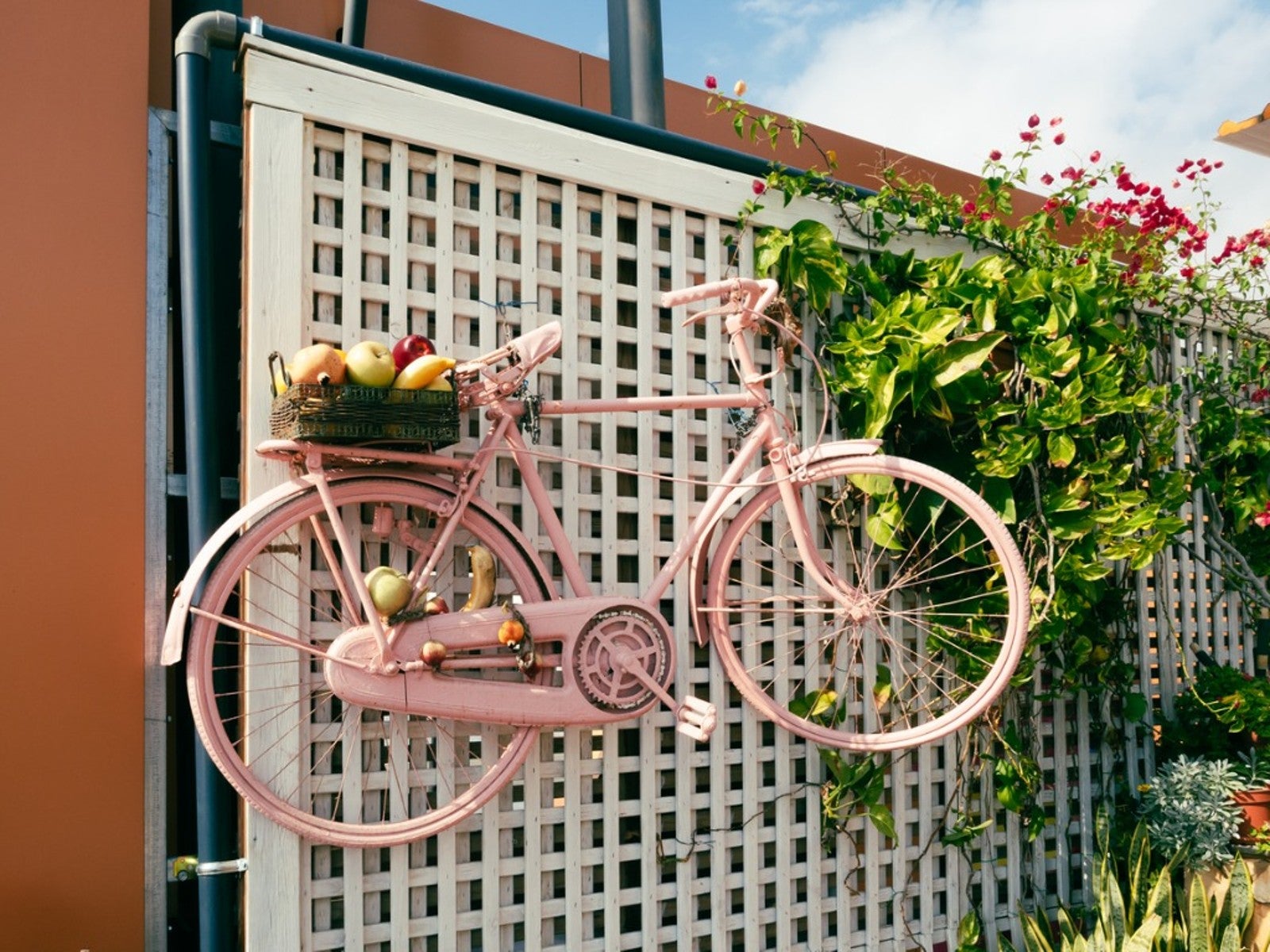Flea Market Gardening: How To Turn Junk Into Garden Décor


They say, “one man’s trash is another man’s treasure.” For some gardeners, this statement could not ring truer. Since garden design is highly subjective, it is always exciting to explore the unique perspectives of others.
Flea market-inspired “junkyard” gardens are one example of outside-the-box growing spaces that are enjoyable to explore and create. Learning how to make a junk garden can help gardeners gain a greater appreciation for the time and effort that goes into these interesting spaces.
What are Junkyard Gardens?
Junkyard gardens, or flea market gardening, mostly concern the use of found, recycled, and/or upcycled materials. These materials can be used as décor and visually appealing containers for plants.
Though several structural pieces often exist in the space, the decision to turn junk into garden décor must be balanced with plants, shrubs, and trees. This allows for the creation of a whimsical and harmonious space that is both useful and pleasant to the eye.
How to Make a Junk Garden
Those wishing to make a junk garden should start by planning the flower beds and borders, as well as selecting an overall theme. This will serve as a rough outline of the space and is helpful in determining how best to proceed with décor.
You will need to account for the overall mature size of plants. The size of art pieces will also need to be considered for the execution of junk garden ideas. While larger pieces can draw attention to certain areas of the yard and add height, smaller and more intricate “junk” can bring guests closer to plants.
Flea market gardening is an excellent form of self-expression. Commonly used items include old bathtubs and bed frames as flower planters or even old silverware converted into quaint crop labels. Whichever way one chooses to make a junk garden, the addition of décor such as bird feeders and windchimes can further craft a green space filled with enchantment.
Sign up for the Gardening Know How newsletter today and receive a free copy of our e-book "How to Grow Delicious Tomatoes".
Salvaged items should also reflect the grower’s personality. This can be achieved through painting, refinishing, or other artistic means. Throughout these projects, it will be important to use only supplies that are environmentally friendly.
With a little creativity, gardeners can curate a garden area that is lush, green, and serves as a true artistic expression of themselves.

Tonya Barnett has been gardening for 13 years. Flowers are her passion. She has transformed her backyard into a cut flower garden, which she regularly chronicles on her YouTube channel http://www.youtube.com/@tonyawiththeflowers.